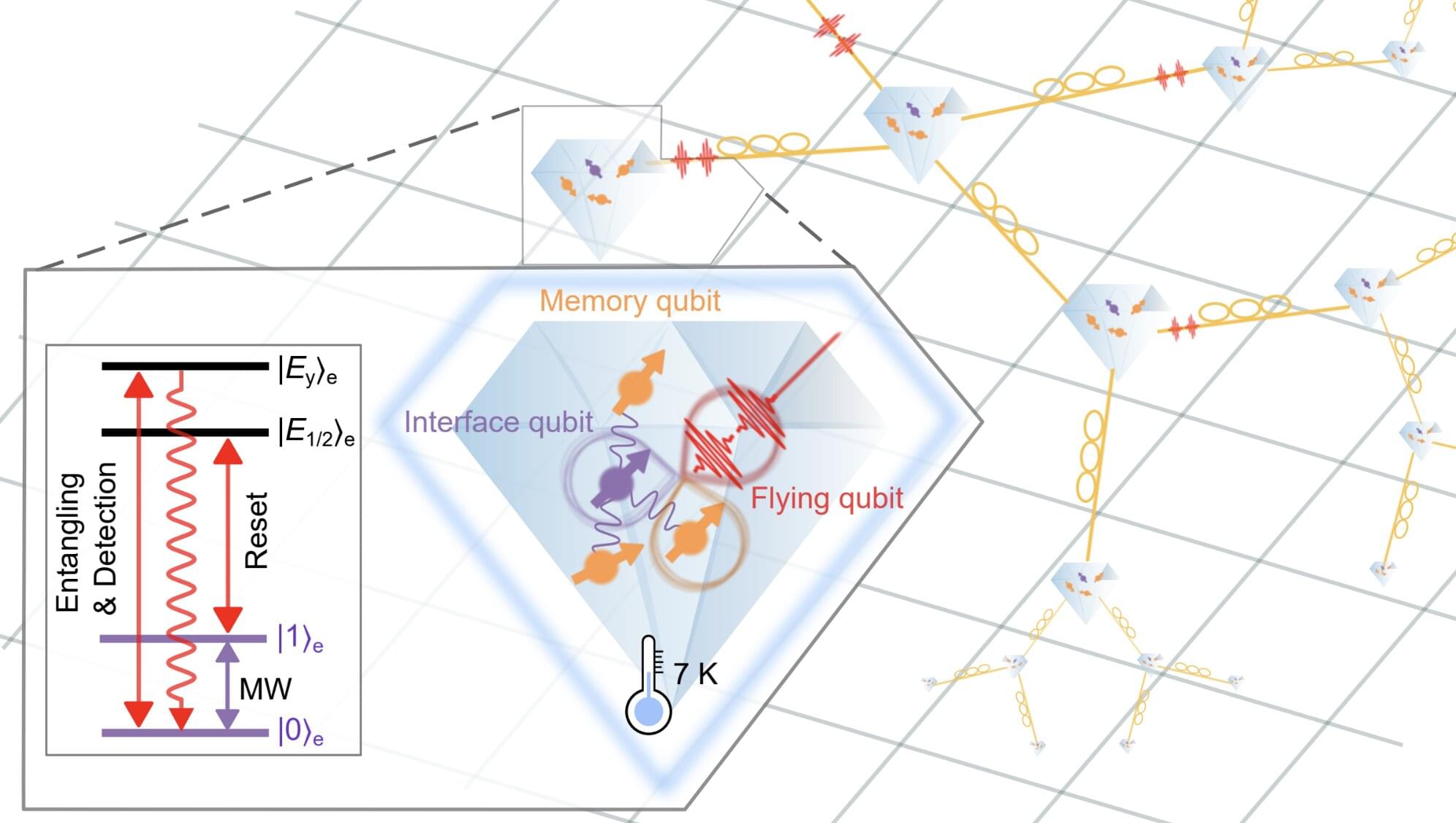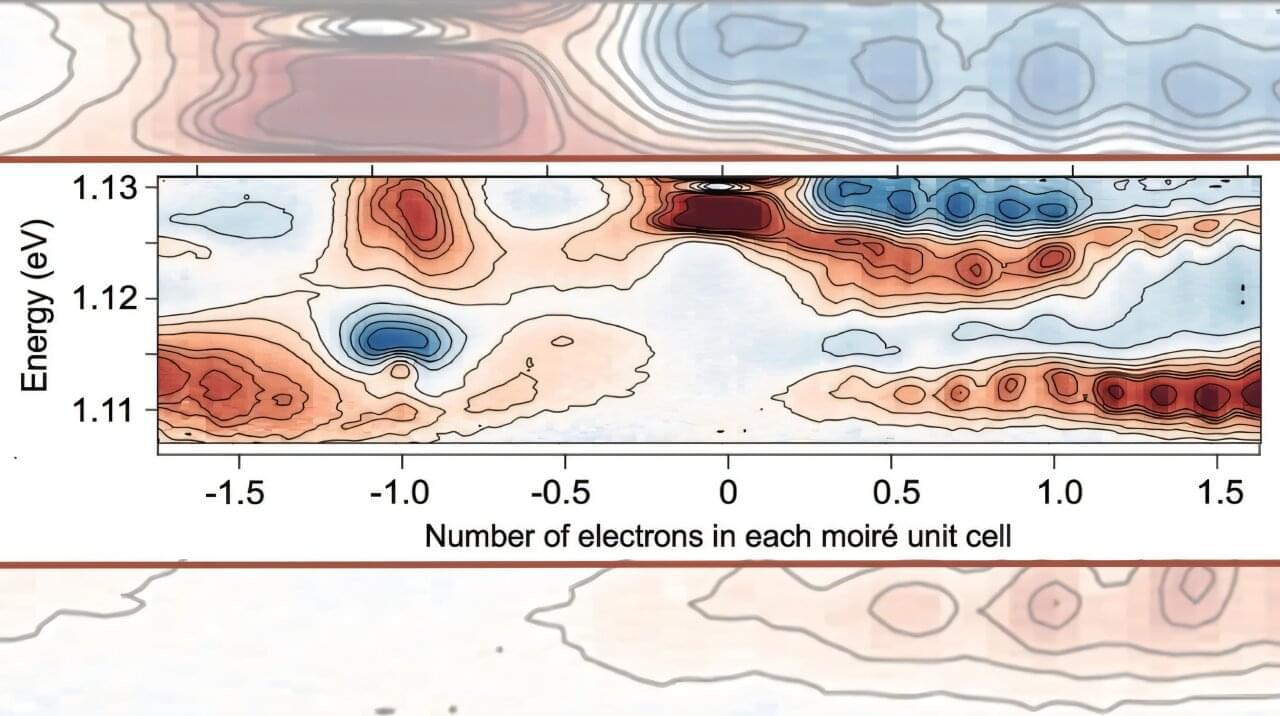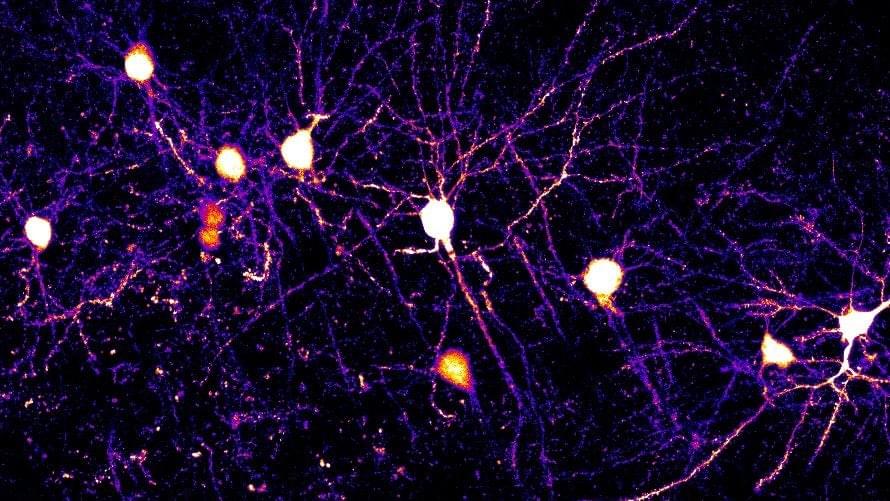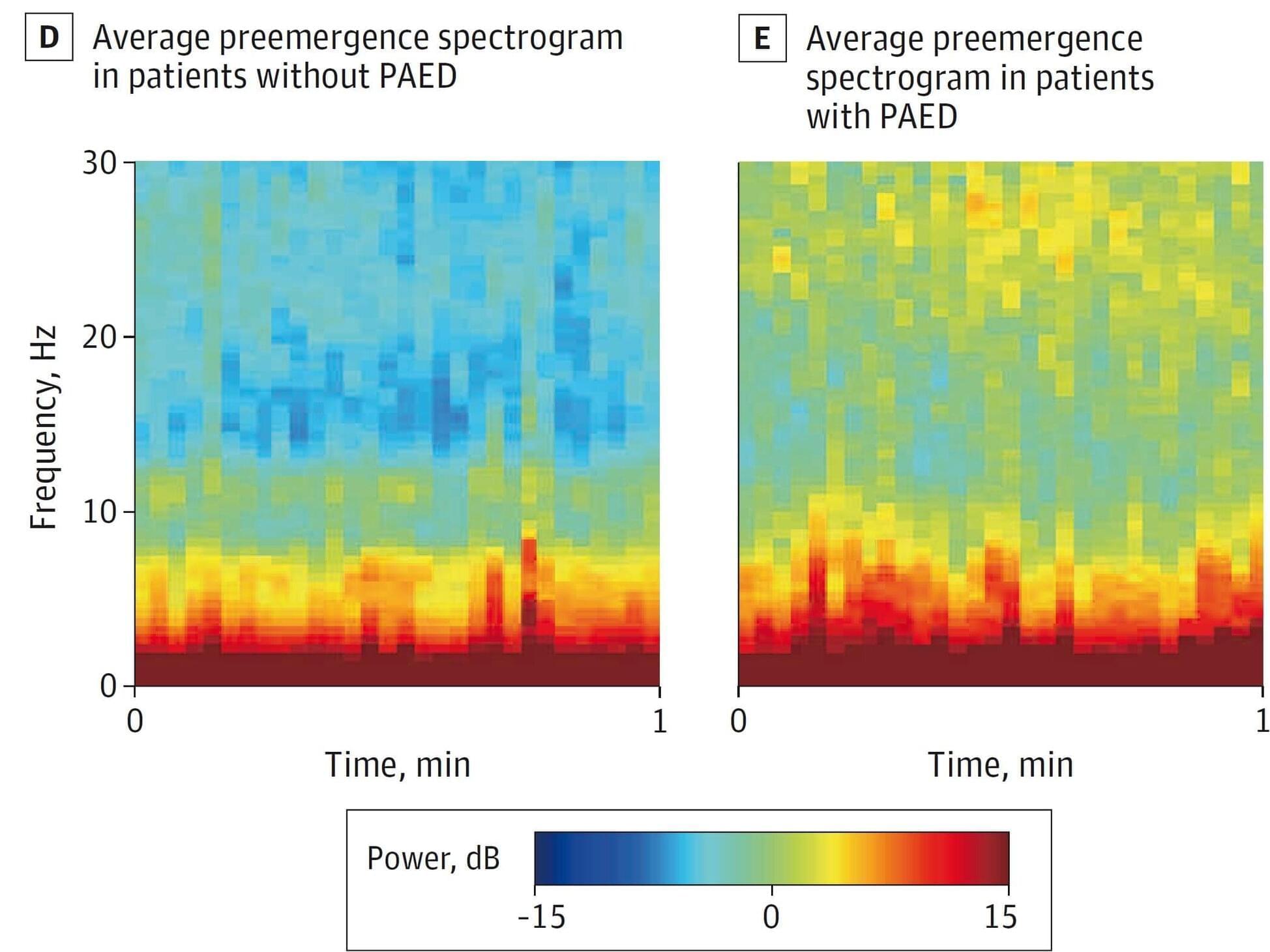Quantum technologies, which operate leveraging quantum mechanical phenomena, have the potential to outperform their classical counterparts in some optimization and computational tasks. These technologies include so-called quantum networks, systems designed to transmit information between interconnected nodes and process it, using quantum phenomena such as entanglement and superposition.
Quantum networks could eventually contribute to the advancement of communications, sensing and computing. Before this can happen, however, existing systems will need to be improved and perfected, to ensure that they can transfer and process data both reliably and efficiently, minimizing errors.
Researchers at Tsinghua University, Hefei National Laboratory and the Beijing Academy of Quantum Information Sciences recently demonstrated the coherent control of a hybrid and scalable quantum network node. Their demonstration, outlined in Nature Physics, was realized by combining solutions and techniques that they developed as part of their earlier work.







